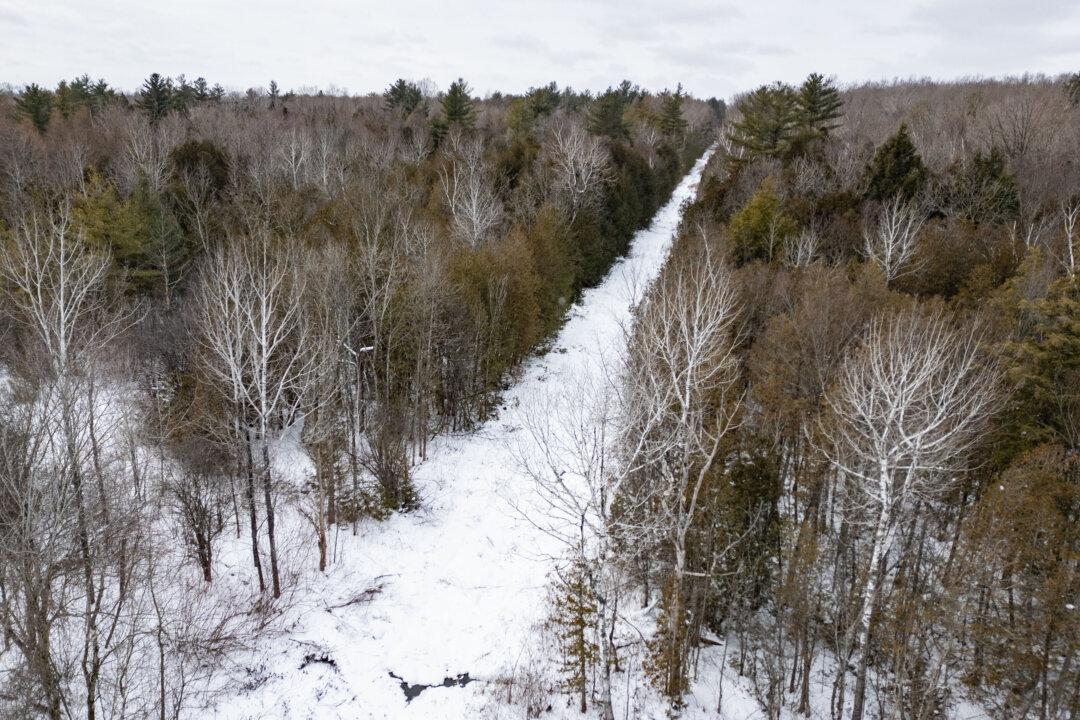A lack of snow is playing havoc with some of Quebec’s traditional winter activities, but there’s hope that Mother Nature will provide a much needed blast in the coming weeks to change that.
Southern Quebec was hit with its first major snowstorm of the season in early December, only to watch rainy, warm weather wash away the more than 30 centimetres that fell. With it went plans to open ice rinks in Montreal, and across a large number of Quebec municipalities.
On Dec. 29, there were about half a dozen outdoor rinks open in Montreal, all of them refrigerated. Montreal would normally have about 200 outdoor ice rinks open at this time of year.
“We don’t have the criteria to open ice rinks,” said Philippe Sabourin, a spokesman for the City of Montreal.
Outdoor rinks require at least 10 centimetres of snow on top of grass, and three consecutive days of temperatures not rising above -5 C; ice rinks on a concrete or an asphalt base also need three days of cold weather at least -5 C.
Mr. Sabourin said it’s been difficult for the city to open the outdoor rinks for at least three years. What Montreal needs is an assist from Mother Nature, he said. “If she could help us a bit, we have crews specialized with the maintenance of ice rinks … all the manpower to do the job.”
A lack of snow is also delaying Quebec’s popular snowmobiling season.
Stéphane Desroches, general manager of the Fédération des clubs de motoneigistes du Québec, said less than 1,000 kilometres of the province’s 33,000 kilometres of snowmobiling trails are open, mostly in the province’s northeast.
“With a bit of snow, we could see other parts of the network open,” Mr. Desroches said. “Right now, we’re on neutral and we’re waiting for Mother Nature to lend a helping hand.”
The snowmobiling season is somewhat unpredictable. Some years it will be short; other years it can last into April in some regions. For the past four years, the season has typically started in mid- to late January, Mr. Desroches said.
While the warmer weather over the past two weeks is above average, colder temperatures are coming. Environment Canada meteorologist Simon Legault says the first weeks of January should be more seasonal, with a light dusting as early as Dec. 30 in some places.
“Normally at this time of year we should have closer to 10 centimetres of snow on the ground, but you know things are like they are,” Mr. Legault said about southwestern Quebec. He said snow that should stay around all winter long is on the way, however.
Snow is the economic motor of winter tourism, says Yves Juneau, president and CEO of the Association des stations de ski du Québec. While the ski industry can make its own snow, people need to see it out their window to get the urge to visit ski hills, he said.
“We’re confronted with the ‘green grass syndrome in my backyard’: people see green grass and think that there’s no skiing because there’s no snow in their own backyard, even though ski areas are equipped to make snow,” Mr. Juneau said in an interview.
Mr. Juneau noted that the industry has invested millions in snow-making equipment. Fifty ski areas are open, as are roughly 30 to 40 percent of runs, but rainy, grey weather hasn’t helped, he lamented.
“Like today we’re just not making any sales, so it is a worry for us because to be able to continue to operate, we will still continue to invest and that’s becoming a challenge when there’s just cost and no revenues,” Mr. Juneau added.
The average downhill ski season runs from the end of November until Easter Weekend, he said.







